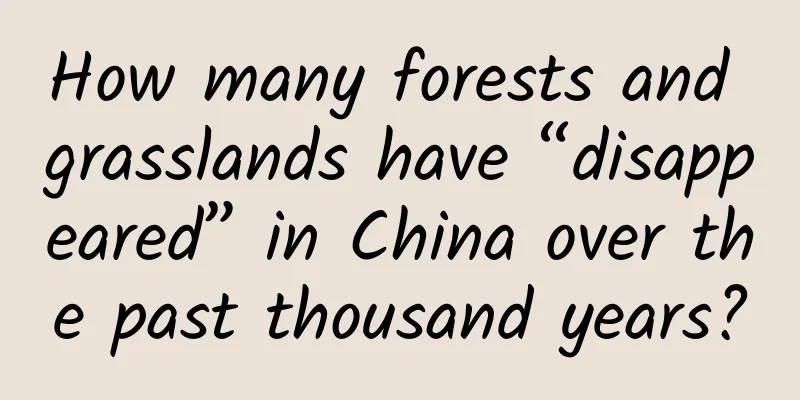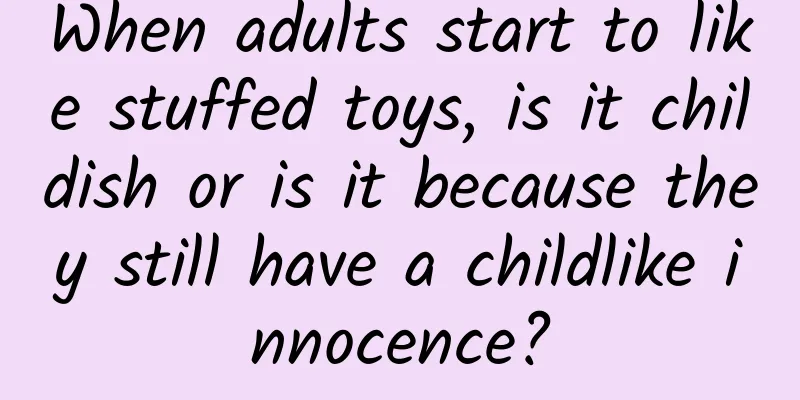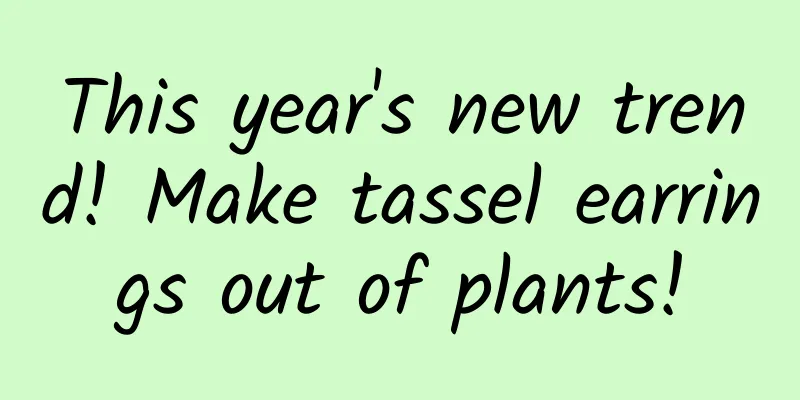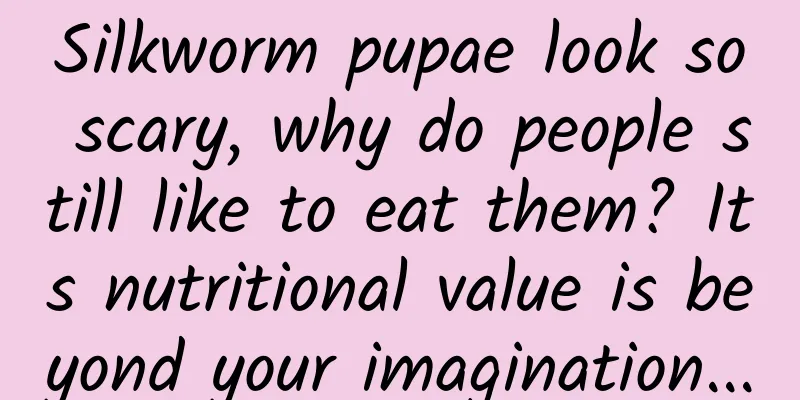Most persimmons do not grow on persimmon trees.
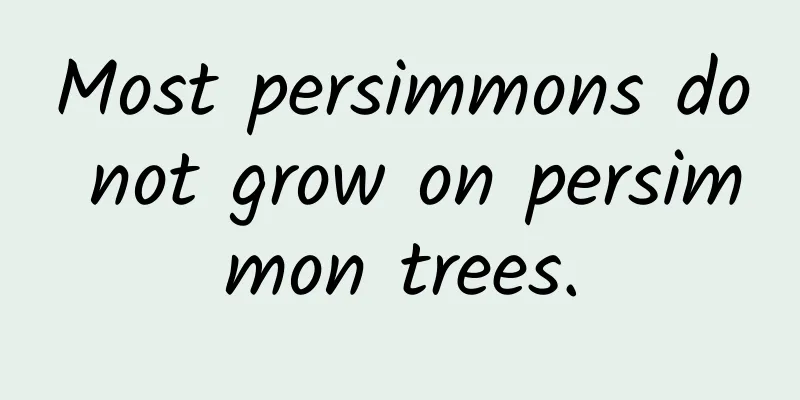
|
In a certain edition of the high school biology textbook, the section on "Cell Membrane" gives a picture of the endosperm cells of persimmon (Diospyros kaki). When I was teaching, every time I talked about this, students would ask, "Teacher, where is the endosperm of persimmon?" The endosperm is of course in the seed. In fact, what the students want to ask is not this, but "where are the seeds of persimmons". They ask this question not because they don't pay attention to life, but because the persimmons they have seen since childhood have no seeds. Persimmon | Tomomarusan / wikimedia Seeds of failed development Where do the seeds of persimmon go? Actually, they don’t go anywhere. They are right there, but the seeds of some varieties just don’t develop. There are many varieties of persimmons, which can be divided into two categories, seedless and seeded , depending on whether the seeds are developed. Persimmons grown in Beijing, whether they are traditional fire persimmons, grinding plate persimmons, pestle persimmons, or Jiro and Zenjimaru introduced from Japan, are all seedless persimmons. So it is normal for students to have never seen persimmon seeds. Grinding Persimmon | Lu Yan/ Oriental IC The main reason why seedless persimmons do not develop is embryo sac abortion . Plant seeds develop from the embryo sac in the ovary after fertilization. If the embryo sac itself does not develop, it will naturally not be able to accept sperm and form seeds. There are also a few seedless persimmon varieties that are caused by chromosomal abnormalities . Ordinary persimmons, whether with or without seeds, are all hexaploid, while the Japanese "flat-seedless" variety is 9ploid, so like bananas, it cannot form normal seeds. 9-ploid "flat nucleus-free" variety | Tubbi~jawiki / wikimedia When eating seedless persimmons, you will feel four hard "little tongues" inside. These are actually the diaphragms formed by the inner pericarp. If there are seeds, they should grow inside . The fully developed seeds of persimmons are dark brown and very hard. You must spit them out when eating them. Most people will not swallow them. Persimmon seeds grow here | Batholith / wikimedia Persimmon embryo and surrounding endosperm | gzutetsu / hatena.ne.jp You can't have both non-astringent and seedless When it comes to eating persimmons, we can’t help but talk about its astringent taste . Persimmon fruits contain a lot of tannic acid , which will combine with the protein in saliva, irritate the mouth, and make people feel astringent. Persimmons have a phenomenon of post-ripening . After being harvested, they need to be stored for a period of time to fully mature. After that, the astringency disappears and they can be eaten. However, not all persimmons need to be post-ripened. Some varieties of fruits can automatically lose their astringency when hanging on the branches. These are called sweet persimmons , and those that need to be artificially de-astringent are called astringent persimmons . Seedless varieties are generally astringent persimmons, while sweet persimmons are mostly seeded (well, the so-called can't have both). In fact, the most unusual structure of the persimmon is not the seed, but the root. Nowadays, most areas rely on grafting to grow persimmons. Grafting requires a rootstock. There are many plants in the genus Diospyros that can be used as persimmon rootstocks . The most commonly used one in China is D. lotus, also known as black dates. Jun Qianzi | Σ64 / wikimedia There is a circle of grafting scars near the ground on the "persimmon tree". Below the scars is the Junqian tree, and above is the persimmon tree. | vb Some sweet persimmon varieties have poor affinity with Junqianzi, so they will first graft astringent persimmons onto Junqianzi, and then graft the buds of sweet persimmons onto astringent persimmons. So, if you dig up a "persimmon tree", you will often see the roots of Junqianzi . The real roots of persimmons have a rough outer skin and are dark brown in color. They are mainly distributed around the shallow soil layer. The roots of persimmon trees are black | Itsuka Bonsai Diary / itsuka-bonsai.blog.so-net.ne.jp Ancient People and Persimmon Persimmons are native to East Asia . Persimmon pits dating back 10,000 years were unearthed at the Shangshan site in Pujiang, Zhejiang, which shows that ancient people at that time had already started to collect wild persimmons for consumption. The earliest written record of persimmons can be found in the Book of Rites, where they were listed alongside peaches, plums, apricots, etc. The persimmons at that time should have had pits, but it is hard to say whether they were wild or not. During the reign of Emperor Wu of Han, Sima Xiangru wrote about "loquat, persimmon and kiwi fruit" in "Shanglin Fu", which is fundamentally different from "reporting the names of vegetables" in "Book of Rites". Because "Shanglin Fu" describes the imperial garden Shanglin Garden expanded by Emperor Wu of Han, the trees in the garden are unlikely to be wild. So it is very likely that the ancients began to grow persimmons during the reign of Emperor Wu of Han . Persimmon flowers | KENPEI / wikimedia So when did the ancients start grafting persimmons ? At the latest, it was during the Northern Wei Dynasty . "Qimin Yaoshu" records that "If there are small persimmons, plant them; if there are none, take branches and insert them on the roots of jujubes." This means that if you can find persimmon seedlings, plant them directly; if you can't find any, graft persimmon branches onto jujubes. 㮕肖 can also be written as 梬[yǐng]肖. It also appears in "Shanglin Fu" and "Kangxi Dictionary" says it is Junqianzi, but it may also be a variety of persimmon or other Diospyros plants, because "Guangyun" in the Song Dynasty only says "梬肖 is similar to persimmon but smaller", and it is not certain what it is. A persimmon tree laden with fruits | Tomomarusan / wikimedia How many unique persimmons are there? In one episode of Journey to the West, Zhu Bajie transformed into a giant and pushed away the rotten persimmons that had accumulated for years at Qi Jue Ridge to clear the road. As for why the place was called Qi Jue Ridge, the NPC old man said, "It is said in ancient times that persimmon trees have seven unique features." This is actually a time-travel typo by the author. The Tang monk went on a journey to the West during the Zhenguan period of the early Tang Dynasty. The saying that persimmon has seven quatrains comes from Youyang Zazu by Duan Chengshi of the late Tang Dynasty. He said that persimmons "one is longevity, two is plenty of shade, three is no bird's nest, four is no insects, five is frosted leaves that are fun to play with, six is fruitful, and seven is plump fallen leaves that can be used for calligraphy." "One longevity" is correct, persimmons have a long life span , living for two or three hundred years is not uncommon; "harvest" refers to the fruit, the second, fifth, and seventh quatrains refer to its luxuriant branches and leaves, which are thick and wide and turn red in autumn ; the third and fourth are simply Mr. Duan's careless observation, persimmons have many parasites , the biggest harm to production is the gypsy moth and scale insects. As for bird nests, anyway, I have seen birds nesting on persimmon trees. Fruits and red persimmon leaves | Liné1 / wikimedia There are more than seven uses for persimmons. In Japan, they have two other uses. One is to make Nara's specialty persimmon leaf sushi , which is to wrap sushi rice and fish with persimmon leaves, using the tannic acid in the leaves to sterilize. When you eat it, it actually has a light aroma of leaves. The role of persimmon leaves here is equivalent to that of rice dumplings. When eating, you have to peel it and throw it away. Persimmon Leaf Sushi | wakahiro.jp Another is to process persimmon shiso (柿渋), which is to crush and ferment unripe persimmon fruits to make a foul-smelling brown liquid, and use the high concentration of tannic acid in it as a dye, waterproof coating and disinfectant preservative. The persimmon produced by modern industry no longer has a bad smell | satoru-co.jp Of course, both Persimmon Leaf Sushi and Persimmon Astringent were born later than Duan Chengshi. If he could predict the future like the old man in Qijue Ridge, the place where the second brother displayed his power should be called "Jiujue Ridge". Another question: Do you prefer dried persimmons or fresh persimmons? | Hyeon-Jeong Suk / Flickr Author: Desert Porcupine Cover image source: Tomomarusan / wikimedia This article comes from the Species Calendar, welcome to forward If you need to reprint, please contact [email protected] |
<<: What do the ubiquitous microorganisms rely on to survive?
Recommend
Product Analysis | Zhihu App product operation analysis report!
From a niche elite community to a knowledge mento...
Douyin DTV advertising marketing value white paper!
Advertisers' marketing demands are constantly...
Taro cross-terminal solution for Ctrip’s mini-program ecosystem
Author|Ctrip's front-end framework team prov...
ARM's DynamlQ technology redefines multi-core by enabling smartphones to have both high performance and low energy consumption
The computing field has always been pursuing high...
A review of the nine major events in the Internet industry in 2015
[[159376]] The author of this article is Wen Chen...
What is the core of the brand breakthrough strategy of the To B industry?
The influence of brands has been weak for a long ...
Is it useful to arrange a Wenchang Tower before the exam?
Many parents ask whether the Wenchang Tower reall...
The "flying silk" in the filling of fake down jackets can cause illness! Experts: Five tips to identify
Nowadays, most people living in northern China ha...
SaaS Advertising Tips
Marketing genius John Wanamaker has a famous sayi...
Besides painkillers, what other methods can we use to relieve pain?
Produced by: Science Popularization China Author:...
Stigmatization and demonization of disease
In recent times, the stigmatization of the corona...
The latest paper in Nature: Is it important to have water in your head?
In recent years, there is a "glymphatic clea...
Why has QQ Space remained popular for 11 years?
QQ Space is an accessory of QQ. Without the depen...
How to promote products to gain more users and traffic?
An old friend of mine from the media industry sta...





